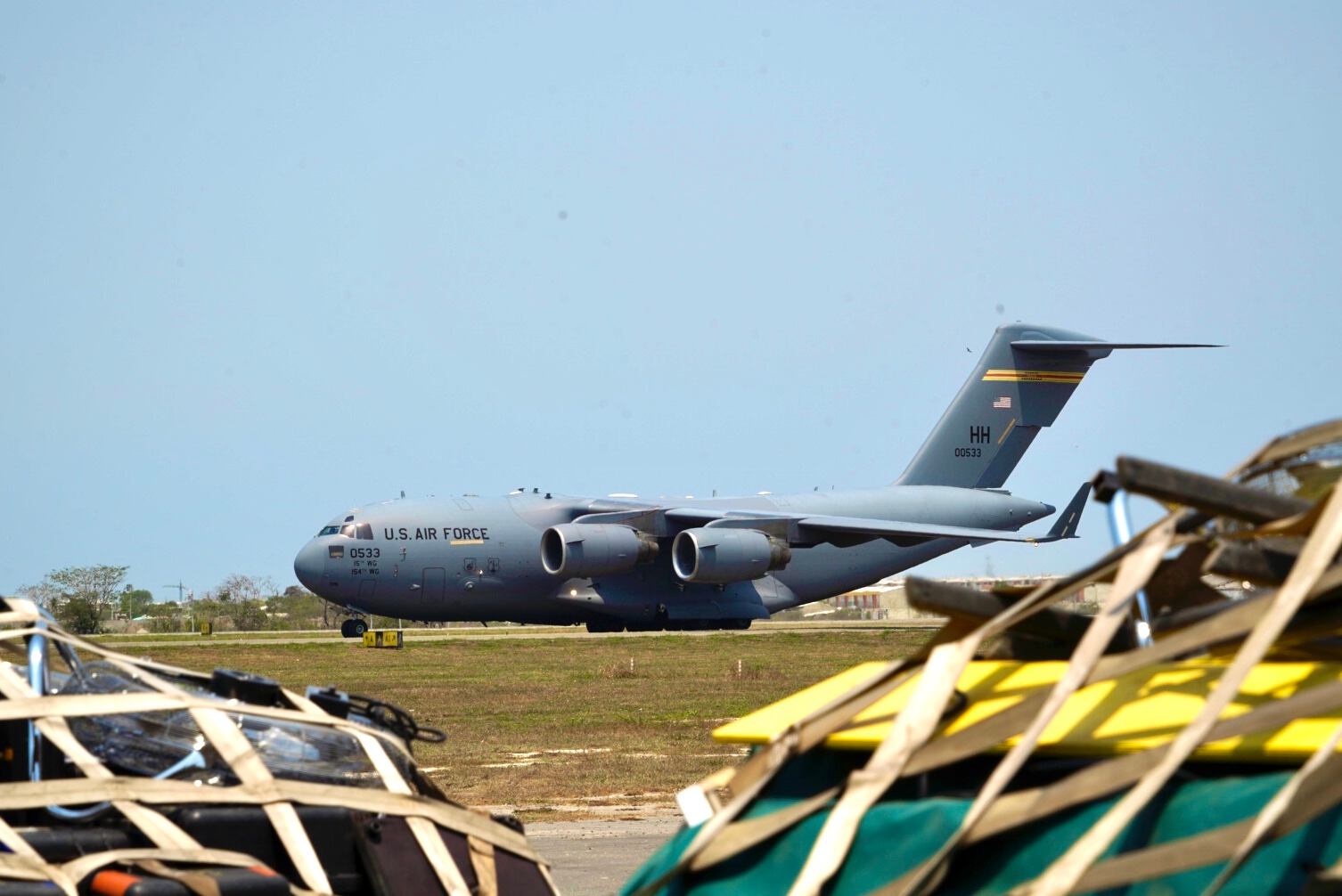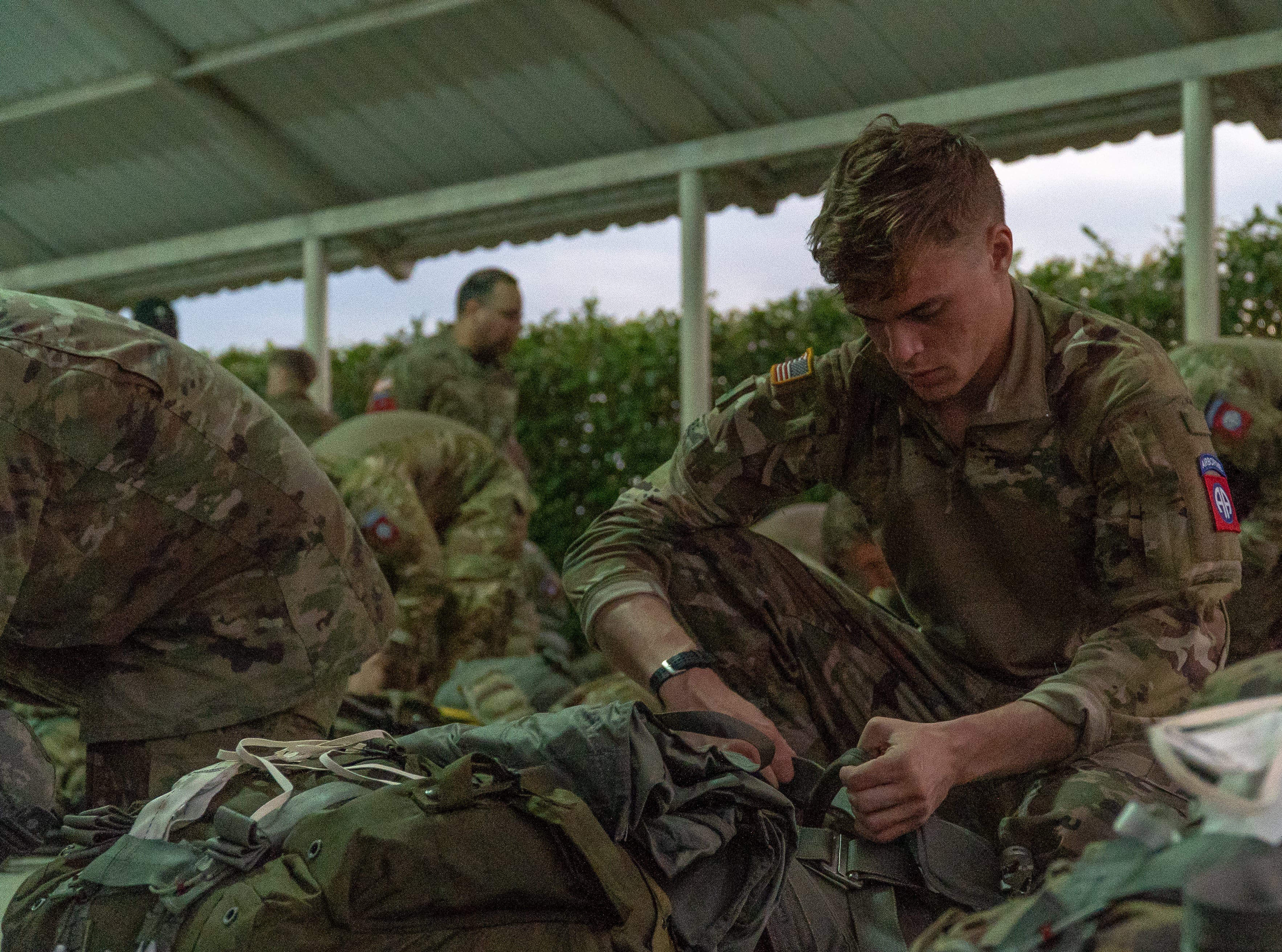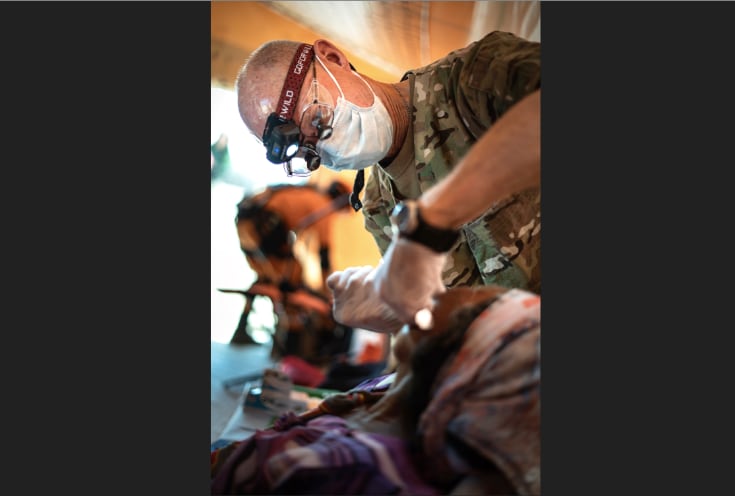A joint team of U.S. service members providing medical aid and training in the remote La Guajira region of Colombia found their options to leave the country dwindle in mid-March as the coronavirus pandemic began to restrict international travel.
The joint task force, known as JTF-Bravo, was in the area to train with Colombian troops for Exercise Vita. Also as part of the mission, U.S. medical teams created pop-up clinics at remote locations to give inoculations, pull teeth, prescribe drugs, bill referrals and offer other services.
But as the coronavirus pandemic grew, the task force had to suspend the two-week exercise several days early on March 16.
“Just over halfway through the exercise, Central and South America started to make all the decisions to close down airports and airspace," task force commander Army Col. Steve Barry said in a telephone interview. "So we had to make the decision to leave at some point or we were going to be in Colombia for an extended amount of time.”
The U.S. team started looking for ways to return home. What went down was a good example of working with partner nations, Barry said. Normally, the majority of the roughly 150-person team would fly home on commercial aircraft, because it’s cheaper than routing military planes for training.

“Once all the airports started closing — and if you weren’t a resident of the country, you couldn’t even get in — it was a non-starter for us to use [commercial] coming back,” said Barry. “We were trying to get a C-17 to fly us out of the closest airport, but the Colombians thought it was too risky, so we had to move to Barranquilla, which is a major port of entry on the north coast.”
The nearest airport to where they were training was a civilian facility. It would be too tight to bring a C-17 into, the Colombians worried. Barranquilla would work, but it was still a nine-hour drive from their location at Fort Buenavista, and they needed to have all their cargo there by morning.
So, at about 7 p.m., the Colombians offered to escort 10 Americans and their nine pallets of cargo on an eight-hour drive through the night. At the same time, a Colombian C-130 was able to land at that nearby airport to pick up the rest of the 64 U.S. personnel and fly them to Barranquilla.
RELATED

After linking up, the U.S. C-17 picked up the American team to bring them back to their home station of Soto Cano Air Base in Honduras. They arrived home at about the same time as the U.S. CH-47s from 1st Battalion, 228th Aviation Regiment, which left a few days earlier than them, landed back in Honduras as well.
The coronavirus pandemic cut about two days off the planned exercise, but Barry said his task force still accomplished a lot, including providing medical care to indigenous people and conducting training events with Colombian forces.
U.S. troops used the CH-47s to teach Colombian forces how to do sling-load operations, air assaults, aircraft loading and how to coordinate over the radio with U.S. forces.

A civil affairs team organized the donation of more than $65,000, including a $10,000 surgical table that went to the San Rafael Hospital in San Juan del Cesar, according to JTF-Bravo.
The helicopters came in handy, helping place the medical teams and their pop-up clinics deeper into Colombia’s interior. The USNS Comfort hospital ship has made port in this area of Colombia before, at Riohacha, but that humanitarian mission requires Colombians seeking care to travel sometimes insurmountable distances.
“We went to these indigenous folks in La Guajira — or the Wayuu — and they don’t have any cars. They’re walking," said Barry. "So we were able to go to their main villages and they would walk from 5-8 kilometers in, and we were able to provide those [medical] services.”
One village they went to was a six-hour drive by road. By helicopter, it was less than 20 minutes.
“No one’s really going to drive out there to this region where there’s almost nothing except the indigenous population who are living by subsistence farming and herding,” Barry added. “Some of these people hadn’t seen doctors in years.”
Kyle Rempfer was an editor and reporter who has covered combat operations, criminal cases, foreign military assistance and training accidents. Before entering journalism, Kyle served in U.S. Air Force Special Tactics and deployed in 2014 to Paktika Province, Afghanistan, and Baghdad, Iraq.





